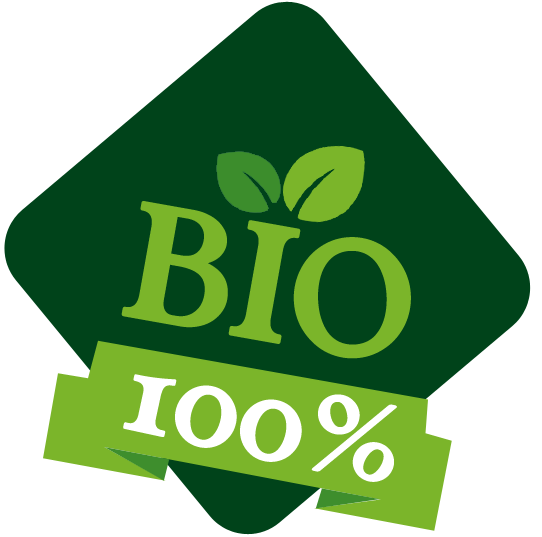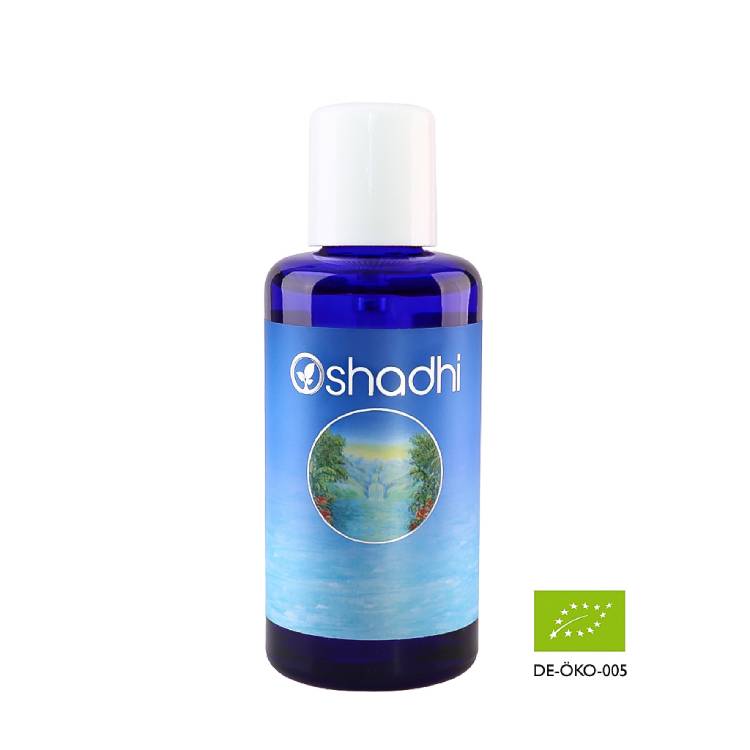Hydrosols
Hydrosols are the gentle, water-based co-products of steam distillation of plants, flowers, or herbs. They contain the water-soluble components of the plant. Hydrosols can be used for:
Internal use to support a variety of imbalances (such as digestive issues, hormonal fluctuations, fatigue, reduced immunity, etc.)
Facial and skin care: as a refreshing toner, after-sun spray, or soothing mist
Aromatherapy: applied through spray or misting
Culinary uses: some hydrosols are edible and ideal for subtly flavouring drinks or desserts
In the home: as a natural room spray, linen refresher, or added to ironing water
Hydrosols offer a gentle yet deeply effective action, making them suitable even for children and those with sensitive skin.
We consciously choose Oshadhi hydrosols because they are a benchmark in the field of certified organic aromatic flower and plant waters. Their products are widely known for their exceptional purity and efficacy.
Category
Showing all 12 results
Final product of steam distillation
Just like essential oils, hydrosols are the end result of the steam distillation of plant material (such as flowers, herbs, leaves, seeds, needles, wood chips, resins, or roots).
A hydrosol is the water-based final product and contains all the distillable, water-soluble components of the plant (including complex sugars, carbohydrates, minerals, vitamins, bitter substances, enzymes, tannins, flavonoids, etc.), as well as the water-soluble aromatic molecules (approximately 0.2%).
Due to their diluted and subtle composition, hydrosol therapy is a gentler form of treatment compared to aromatherapy, yet with a powerful effect.
Although the ancient use of hydrosols had long been forgotten, in recent decades they have rightfully regained their place within the world of aromatherapy. More and more distillers are now distilling plants with the primary goal of producing high-quality hydrosols.
Hydrosol versus essential oil
Hydrosols share certain properties with their corresponding essential oils, but they also have their own unique qualities. Both are complementary end products of the same plant distillation. The hydrosol contains the water-soluble components of the distilled plant, while the essential oil contains only the fat-soluble aromatic compounds.
Essential oils are highly concentrated, volatile, and do not mix with water, whereas hydrosols are mildly aromatic, water-soluble, and easy to integrate into daily use.
Each has its own complex molecular landscape. A hydrosol should therefore not be seen as a diluted version of the essential oil, but as a natural product in its own right, with unique characteristics and therapeutic potential.



